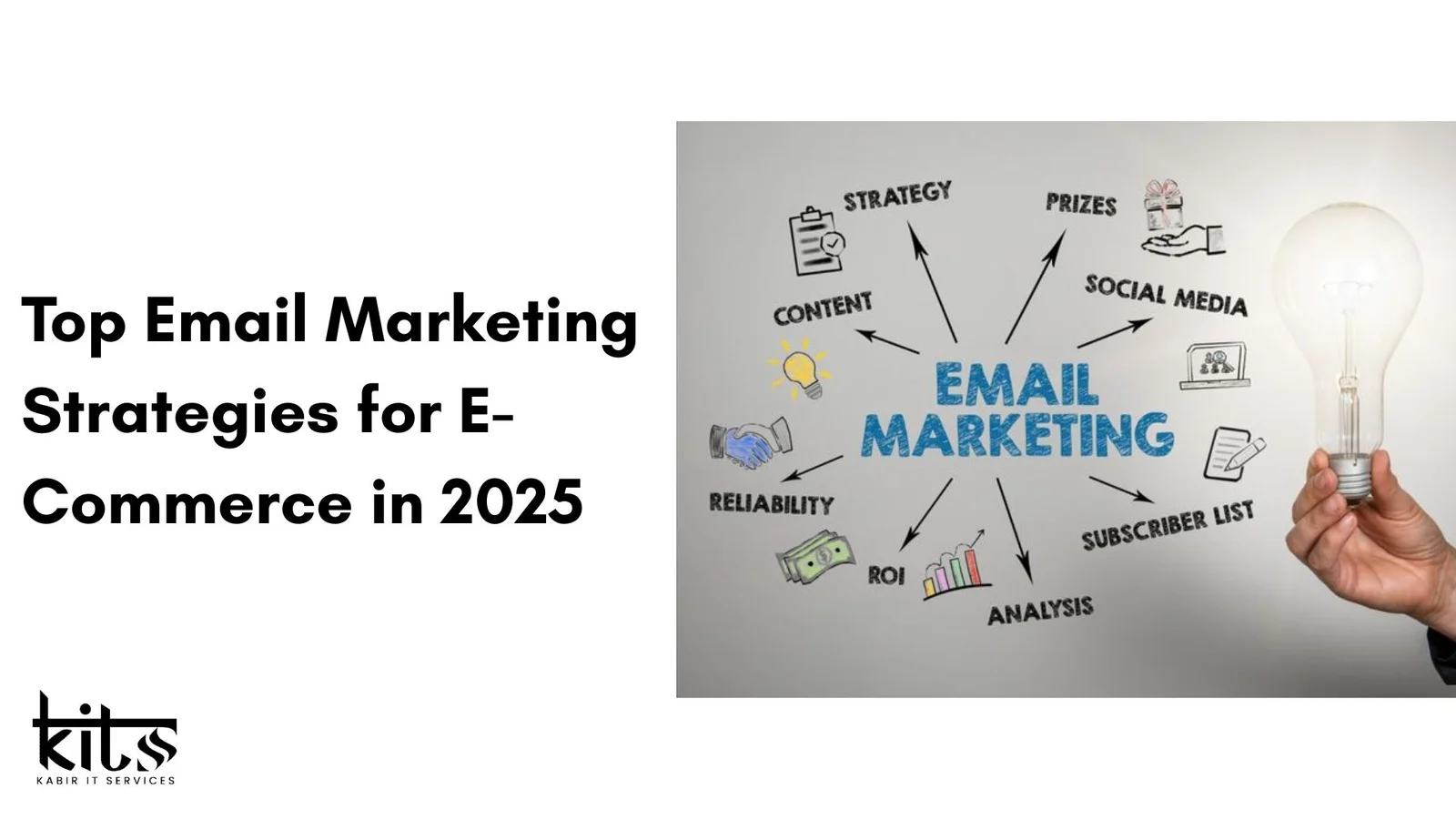In today’s fast-paced e-commerce landscape, businesses are always on the lookout for strategies that drive conversions, boost customer loyalty, and maximize ROI. One of the most effective tools that continues to evolve is the email marketing campaign. Despite the rise of social media and AI-driven tools, email remains one of the highest-ROI channels in the digital world.
As we move through 2025, customer expectations have shifted. Shoppers now demand personalization, relevance, and seamless digital experiences. That’s why brands investing in the right digital marketing service are seeing better results from their email campaigns. Below are the top strategies every e-commerce business should adopt in 2025.
Hyper-Personalization with AI
Gone are the days of generic email blasts. Modern consumers expect brands to know their preferences, shopping history, and behavior. Thanks to AI and machine learning, e-commerce businesses can now design email marketing campaigns that are highly personalized.
For example, AI tools can analyze browsing patterns and purchase history to send personalized product recommendations or cart abandonment reminders. A customer who frequently buys sportswear might receive exclusive deals on sneakers, while another who shops for home décor gets updates on new arrivals in that category.
Personalization not only improves open rates but also drives more conversions by making the customer feel valued.
Interactive Emails for Engagement
Static emails are becoming outdated. In 2025, interactive content is taking center stage. E-commerce businesses are using features like:
-
Embedded product carousels to browse items directly inside the email.
-
In-email surveys or polls to gather customer feedback.
-
Countdown timers for flash sales or limited offers.
These interactive elements make emails more engaging and reduce the number of clicks needed to reach a product page. It’s a small tweak that can significantly improve the customer journey and increase conversions.
Mobile-First Email Design
With more than 70% of emails being opened on smartphones, mobile optimization is no longer optional. Every digital marketing service provider now emphasizes responsive design for email campaigns.
Key strategies include:
-
Use short subject lines that fit smaller screens.
-
Optimizing images for faster loading.
-
Ensuring CTAs (call-to-actions) are large and easy to tap.
In e-commerce, where impulse buying plays a big role, a mobile-friendly email marketing campaign can be the difference between a sale and a missed opportunity.
AI-Powered A/B Testing
In 2025, A/B testing has become smarter with AI integration. Instead of running lengthy tests, businesses can now rely on AI to quickly analyze results and recommend the best-performing subject lines, content styles, and CTAs.
For example, one brand may test whether “20% OFF Today Only” performs better than “Exclusive Savings Just for You.” AI tools instantly identify trends and help optimize campaigns in real time. This makes every email sharper, faster, and more effective.
Stronger Compliance & Trust Building
E-commerce businesses must stay updated with global email regulations like GDPR, CAN-SPAM, and India’s DPDP Act. In 2025, customers are highly privacy-conscious. They want transparency on how their data is used.
A successful email marketing campaign should clearly communicate data usage, include easy unsubscribe options, and avoid spamming. Brands that prioritize trust and transparency build stronger relationships, which lead to long-term customer loyalty.
Integration with Omnichannel Marketing
Email marketing is no longer a standalone channel—it now integrates with social media, SMS, and paid ads to create a seamless shopping journey. For example:
-
A customer abandons their cart on your website.
-
They first receive a reminder email.
-
Next, a retargeting ad on Instagram shows the same product.
-
Finally, an SMS reminder offers a 10% discount if they purchase within 24 hours.
This omnichannel strategy ensures no customer slips through the cracks. By combining email marketing campaigns with other tools provided by a digital marketing service, e-commerce brands can maximize customer engagement at every touchpoint.
Loyalty Programs & Gamification
Email is also becoming a hub for loyalty rewards and gamified experiences. Brands are sending out emails where customers can:
-
Spin a digital wheel to win discounts.
-
Earn points for every purchase, displayed in a progress bar.
-
Unlock exclusive deals for VIP members.
Gamification makes emails fun, while loyalty programs keep customers coming back—two essential elements in a competitive e-commerce market.
Predictive Analytics for Customer Retention
Retention is just as important as acquisition. With predictive analytics, brands can anticipate when customers are likely to churn and send targeted retention emails.
For example, if a customer hasn’t purchased in 90 days, the system can automatically trigger a re-engagement campaign with special offers. This approach ensures consistent customer lifetime value (CLV) growth.
Conclusion
In 2025, the most successful e-commerce brands will be those that adopt advanced personalization, AI-driven optimization, and omnichannel integration into their email marketing campaigns. Email remains one of the most powerful channels in digital marketing—when paired with a reliable digital marketing service, it can drive unmatched results.
If you’re an e-commerce business looking to stay ahead, start implementing these strategies today. The future of email marketing isn’t just about sending messages—it’s about building meaningful, personalized relationships with your customers.

